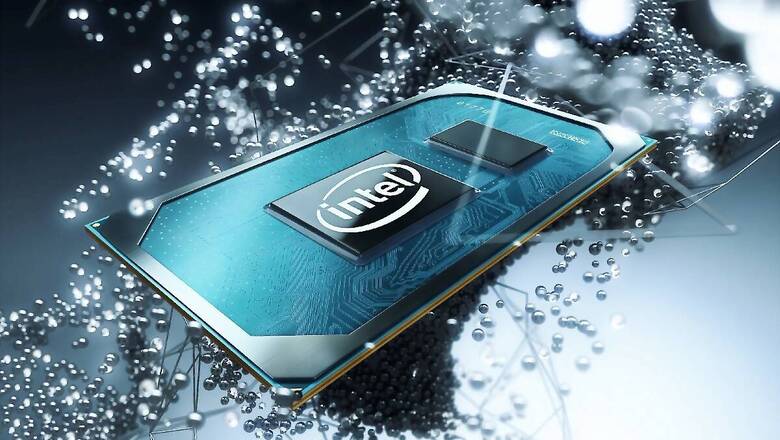
views
Intel 11th gen processors have been detailed for the first time, ahead of the big September 2 event. Earlier today, Intel hosted its Architecture Day seminar to make a bunch of new announcements. Like most tech companies these days, the event was done in a virtual fashion, where Intel gave details on its upcoming offerings including the 11th gen processor line based on the new Tiger-Lake series, its own discrete graphics chip, as well as future chipset technologies that the company is working on.
Several Intel engineers spoke at the event including Senior Vice President, Chief Architect, and GM of Architecture, Graphics and Software, Raja Koduri. First let’s start with the new 11th gen Tiger Lake CPUs. Tiger Lake is Intel’s first major new chip design since last year. It includes the new Willow Cove core along with an updated manufacturing process called SuperFin. The new chips will run and scale more efficiently than the Sunny Cove cores present in the current Ice Lake chips. These chips will also give PC manufacturers the option of a chip that is faster at a given level of power or that has better battery life for a given speed.
Additionally, the new chips will come with built-in Thunderbolt 4 and USB 4, faster PCIe Gen-4, DDR5 memory support, new security protection called control-flow enforcement technology, better AI circuitry for voice control and speech-to-text conversion, and support for more and higher-resolution displays.
The biggest boost for the new Tiger Lake chips is Intel’s new Xe graphics. Consumers usually rely on discrete graphics cards for better performance. The new Xe-LP will be integrated but Intel claims that it is much faster than earlier integrated graphics. It is optimised for size and power and features up to 96 execution units, asynchronous compute, AI inferencing, an updated media encode/decode engine, 12-bit colour, four display pipelines, variable-rate shading, adaptive sharpening, and adaptive sync with variable refresh rates up to 360Hz.
There will also be the Xe-HP implementation for gamers, which will support hardware ray tracing and GDDR6 memory due in 2021.
We already know that Intel’s plans to introduce 7nm process based chips have been delayed. Thus we see a 10nm refresh, but thankfully Intel is not adding numerous ‘+’ at the end. Instead, we now have the 10nm SuperFin branding. Said to be the largest intra-node enhancement in Intel’s history, there is an improvement in the structure of FinFET transistors to improve performance and power efficiency without the need of pulling down the fabrication size. According to Intel, SuperFin transistors allow better passage of current with improved interconnects along with reduced resistance and voltage droop.
Intel also gave an early look at ‘Alder Lake’ its next-gen hybrid CPU design, that will combine next-gen Golden Cove and Gracemont cores to ensure power, efficiency and flexibility. It is expected that Alder Lake will be used for Intel’s 12th-gen lineup of CPUs, although there is no confirmation about the launch time frame.



















Comments
0 comment